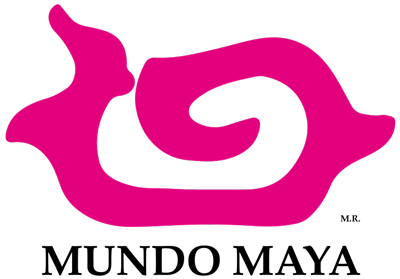Es hora de levantarse, dejar atrás lo convencional y encontrar una experiencia para toda la vida. Desde el fondo de un mundo submarino de colores, hasta el agua turquesa que acaricia las bahías; desde el fuerte aroma del café hasta los profundos secretos de la selva; desde las historias ocultas que guardan misterios hasta las alturas de las intrépidas montañas
¡Todo está aquí!
República de Honduras

Datos sobre Honduras
80%
Territorio montañoso
3
Islas paradisiacas
95
Áreas protegidas
Ayuda
Números de emergencia
Asistencia al Turista
911
Marca desde cualquier dispositivo. Teléfono fijo o móvil.
Dirección Nacional de Viabilidad y Transporte
*222
Marca desde cualquier dispositivo. Teléfono fijo o móvil.
Policía
*199
Marca desde cualquier dispositivo. Teléfono fijo o móvil.
Hospital
*767 - *195
Cruz Roja: Red TIGO *767, Red CLARO *195
Bomberos
*198
Marca desde cualquier dispositivo. Teléfono fijo o móvil.


